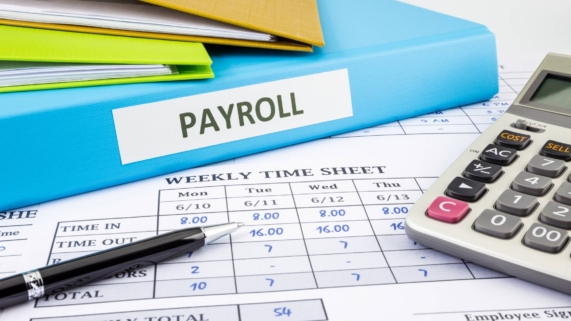Super payment due dates
You must pay super for eligible employees
An employee’s fund must receive their super payments on or before the quarterly super due dates.
To avoid the super guarantee charge (SGC), payments must be received by the employee’s fund on or before the quarterly super due dates.
Payments can be made at least 4 times a year. This applies from the day employees start working for you. Payment due dates occur quarterly.
Quarterly super payment due dates
| Quarter | Period | Payment due date |
|---|---|---|
| 1 | 1 July – 30 September | 28 October |
| 2 | 1 October – 31 December | 28 January |
| 3 | 1 January – 31 March | 28 April |
| 4 | 1 April – 30 June | 28 July |
When a super due date falls on a weekend or public holiday, your contribution must be received by the fund on or before the next business day.
You can also make payments more frequently than quarterly, for example fortnightly or monthly. If you do, ensure you pay your total super guarantee (SG) contribution for the quarter by the due date.
If you have missed the quarterly payment due date or made late super payments, you will need to lodge a SGC statement and pay the SGC to us. The missed or late super payments are no longer tax deductible.
Clearing houses
A clearing house distributes super contributions to your employees’ funds on your behalf.
SG payments made to a commercial clearing house before the SG due date may not reach the super fund until after the due date.
Your employee’s super contribution is only considered ‘paid’ on the date it’s received by the super fund. Not the date it’s received by the clearing house.
Note: It’s important that you leave enough time for your SG payments to reach the super fund and allow for their processing timeframes.
However, if you use the ATO’s Small Business Superannuation Clearing House, payments may be considered ‘paid’ on the date they’re received.
Check the processing timeframes required by your clearing house to ensure your payments will be processed before the payment due dates.
Related reading
Due date considerations
Some super funds, awards and contracts require you to pay super more regularly than quarterly.
Meeting the SG contribution payment dates does not ensure compliance with other super funds, awards and contracts.
You should check the contractual obligations you have with your super fund, award or contract to ensure super contributions are paid on time.
Need payroll help for your business?
Notch Above Bookkeeping are Certified Xero bookkeepers offering agreed-price monthly fees so you know exactly where you stand. No hidden extras and no ticking clock. Browse our range of Xero payroll services and get in touch on 1300 015 130 to discuss the plan which best suits the needs of your business.









